This article was published in the 184th issue of The Universe Space Tech magazine. Its author is Natalia Kukhar, a high-level ophthalmologist at the Kyiv City Clinical Hospital No. 1
The human tendency to dream and adapt is a crucial feature that has ensured the prosperity of our species on Earth. Probably, the most cherished dream of mankind since ancient times has been flight, including travelling far beyond our planet. Today, the legend of Icarus is not something out of the ordinary — people can actually fly! The imagination and aspirations of Renaissance scientists gave rise to the development of science and technology, so now we can travel in outer space. Today, the possibility of colonizing, for example, Mars is not only a dream, but also an urgent issue of preserving humans as a biological species, given the changing conditions of life on Earth and the risk of our planet’s collision with an asteroid. (Meanwhile, it is worth noting that humanity itself is often the cause of unfavorable changes on our planet).
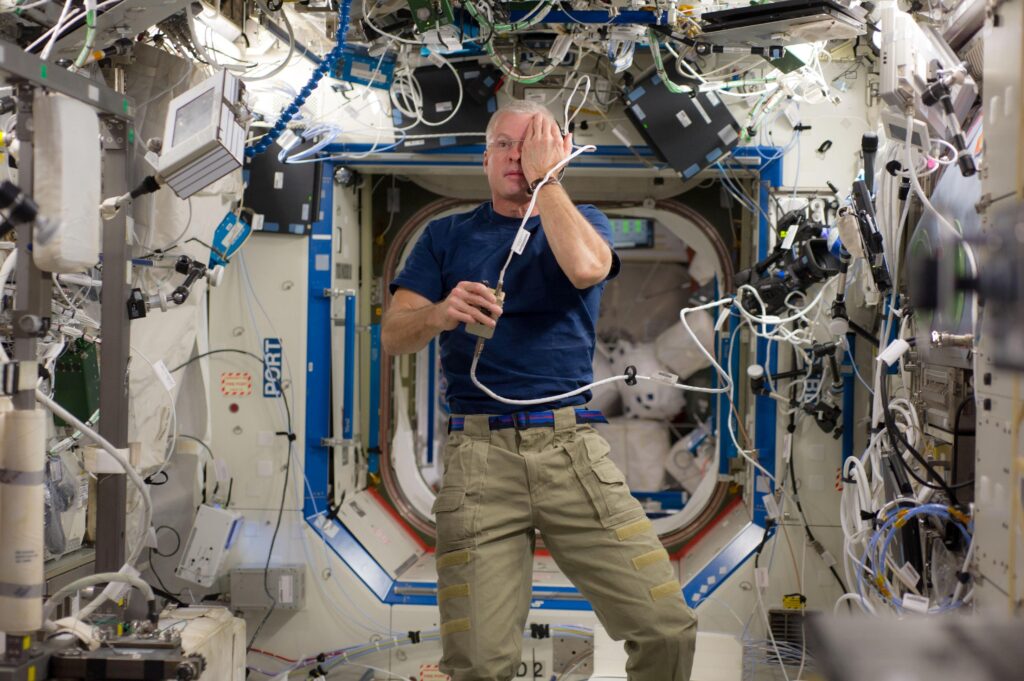
Almost every day, companies involved in space projects report on certain steps (successful or not) that bring us closer to realizing our dreams. And we rejoice at their successes and are saddened by their failures. But one thing is certain — our further expansion is possible, and things are happening very rapidly! We are almost ready, only technical nuances restrict us. However, sometimes we forget that we are a biological species that evolved in the terrestrial environment. Today, probably not everyone thinks about how people are affected by microgravity and aggressive radiation, from which we are currently protected by the atmosphere and magnetic field of the Earth. We usually imagine smiling astronauts in zero gravity aboard a spacecraft. However, it is worth remembering that even such basic actions as washing and brushing your teeth are very difficult there.
Microgravity has a significant impact on the human body and psyche. Some changes are temporary, caused by adaptation to a new environment, while others are irreversible, such as changes in vision and the eye itself. During long space flights, astronauts experience visual impairment. And not all such changes can be solved by some simple means. We are talking about SANS (Spaceflight-Associated Neuro-ocular Syndrome), a condition associated with staying in space. NASA’s Human Research Program (HRP) studies 30 important categories of health risks. In particular, the priority ones are:
1 Space radiation-induced carcinogenesis, cardiovascular disease, and cognitive changes.
2 Spaceflight-Associated Neuro-ocular Syndrome.
3 Behavioral changes.
4 Unbalanced food and nutrients.
Changes in eye functions and its anatomical structure have been intensively studied over the past 15 years. Since then, the understanding of the occurrence of changes in the eye, which were previously associated mainly with an increase in intracranial pressure due to the redistribution of body fluids in microgravity — the movement of blood and lymph to the upper part of the body from the lower. It has been proven that during a long stay in space, optic disc edema forms, retinal and choroidal folds appear, cotton-like retinal exudates appear, changes in eye refraction occur, and the anterior-posterior distance of the eyeball decreases.
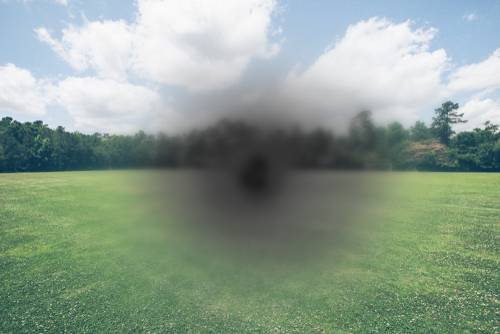
In 69% of astronauts, an increase in the thickness of the nerve fiber layer in at least one eye by 20 micrometers or more was observed. This indicates the presence of optic disc swelling, which can cause partial loss in the field of vision (scotoma), negatively affecting vision. If folds of the retina and choroid form, particularly in the central area of the eye, this causes image distortion and decreased visual acuity, which is not corrected by glasses or contact lenses. Such conditions have been recorded in 15-20% of astronauts, although no critical changes in vision have been observed that would affect their ability to perform tasks.
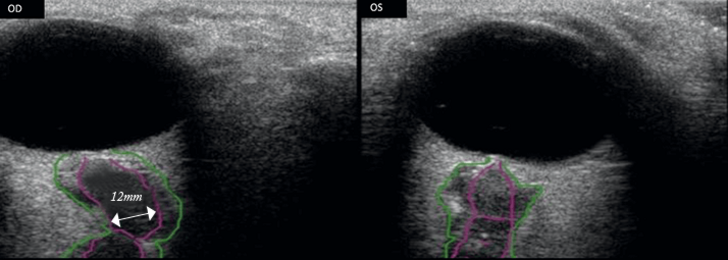
Changes in eye refraction due to a decrease in its axial size (the distance between the cornea and the central retina) were recorded in 60% of cases. However, the presence of glasses with different corrective lenses on board the ISS made it possible to solve the problem of impaired visual acuity at a long or short distance.
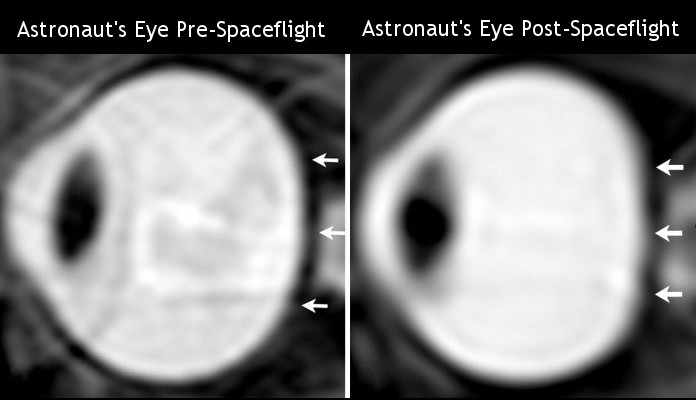
Changes in the anatomical shape of the eye during long-duration space flights were recorded in 29% of cases, consisting of a flattening of the posterior surface of the eye in the area of the optic nerve exit.
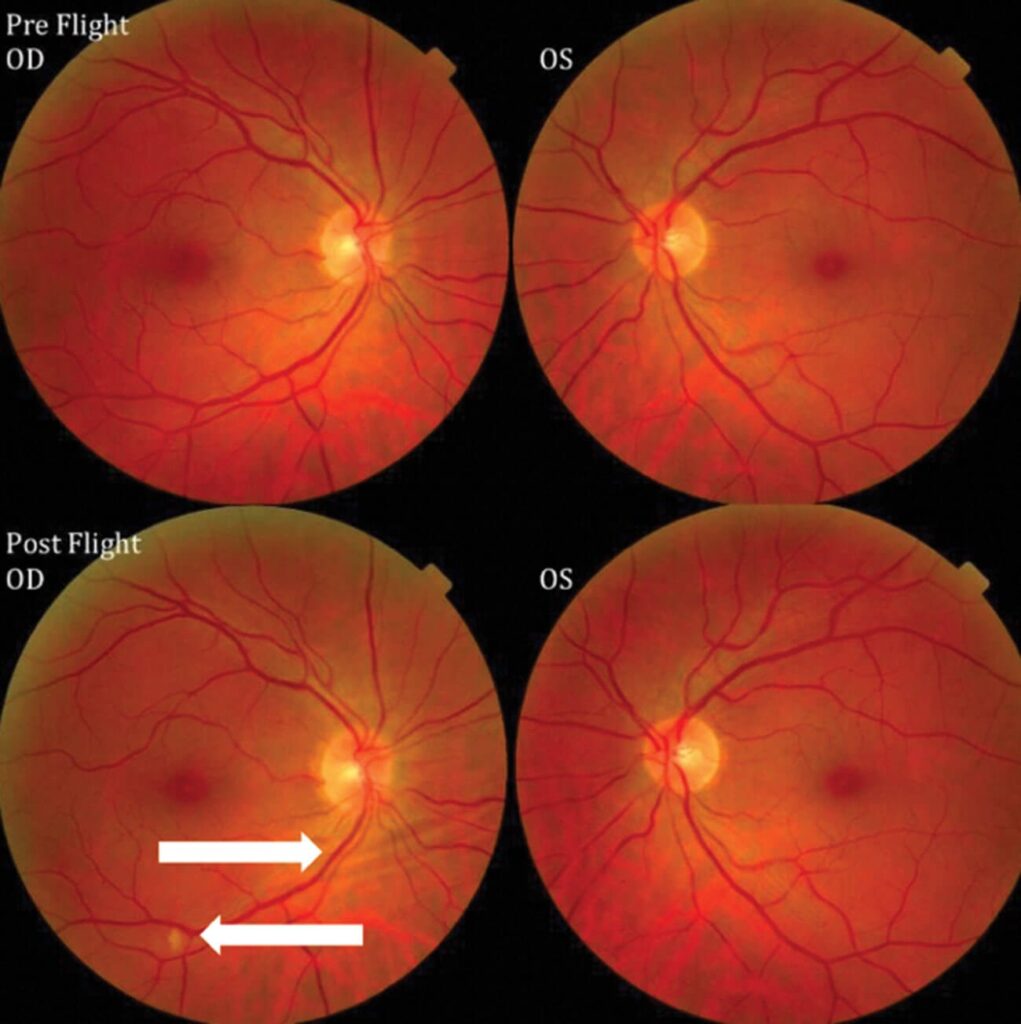
Of all the changes, the most important for missions are the swelling of the optic disc, the formation of retinal folds and the appearance of cotton-like exudates, which are areas of retinal infarction. After all, it is not known for certain how long space flights will affect the state of the eye’s structures. It has been documented that when some astronauts returned to Earth, such changes persisted for a long time — 10 years or more.
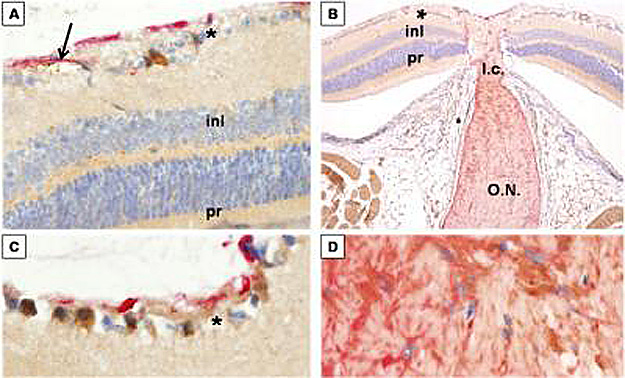
The study of SANS continues. Today, astronauts are thoroughly examined before the flight, during their stay on the International Space Station, and after returning to Earth. On board the ISS, it is possible to check visual acuity and determine refraction, perform an Amsler test, measure intraocular pressure, perform a fundus examination, an ultrasound examination of the eye, and optical coherence tomography of the retina and optic nerve. This option has been available since 2013. Since 2009, all mission participants have undergone 3-Tesla magnetic resonance imaging of the brain and orbits before and after flights, as the results confirm the presence of structural changes in these vital structures during prolonged spaceflight. Moreover, there is evidence that the above changes occur during short-duration space flights: in particular, 29% of Shuttle mission crew members complained of impaired distance or near vision, and in some cases these changes remained after returning to Earth.
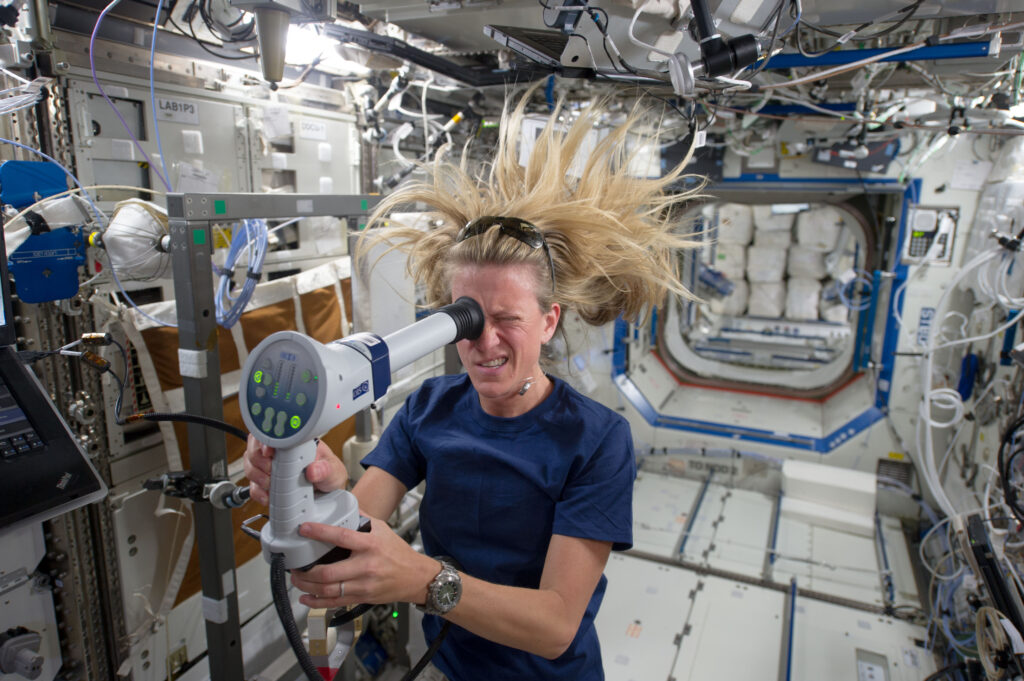
Thus, SANS is one of the priority issues for NASA’s risk study. The main point that needs to be addressed is the swelling of the optic disc associated with staying in space, as this condition can cause irreversible vision loss. At the same time, the formation of retinal and choroidal folds can also cause negative changes in vision, regardless of the duration of the stay in space. Although changes in refraction are quite common, this problem is solved by having a range of glasses with different diopters on board the ISS, so astronauts can choose their own glasses.
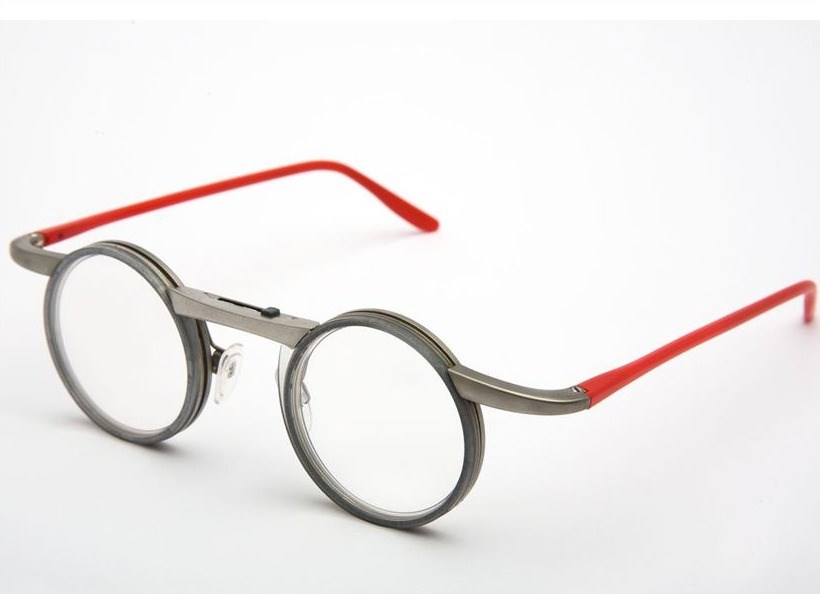
To date, the causes and mechanisms of SANS development have not yet been fully elucidated, with the main hypotheses emphasizing the connection with increased intracranial pressure, venous stasis, and individual anatomical and genetic characteristics. But we must admit that the desires and dreams of mankind are the main driving force in the practical solution of various problems. Therefore, the active study of changes in the human body during its stay in near-Earth space helps to understand, prevent and minimize the occurrence of visual impairment — and it is being carried out by all countries involved in space exploration. As one character in J.K. Rowling’s book about wizards said: “How inventive Muggles (ordinary people) are! How many things they have invented to do without magic!” So there is hope!

